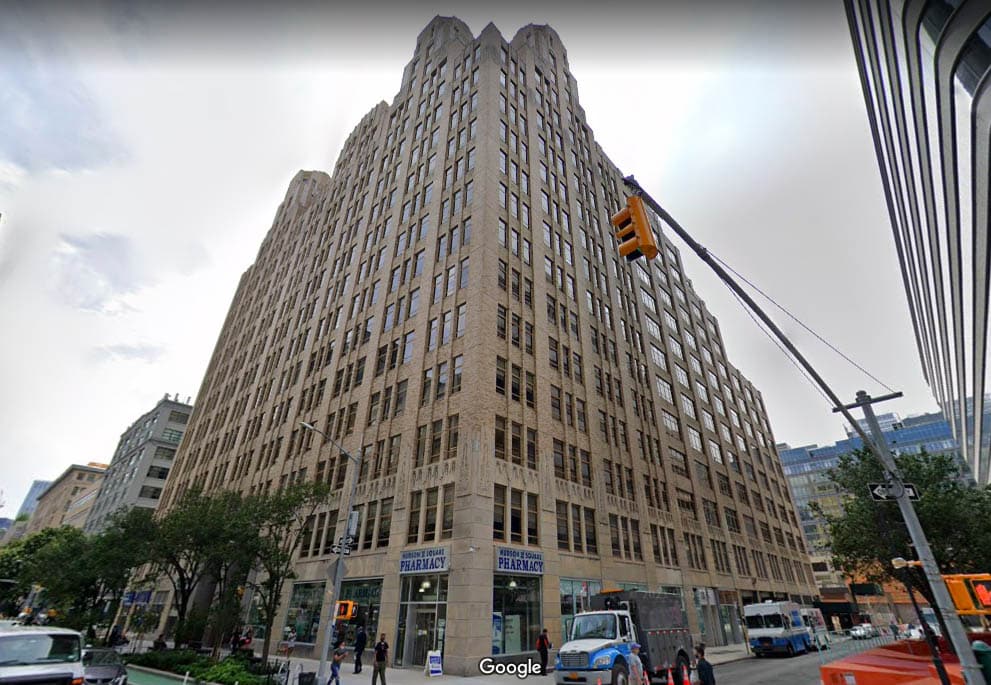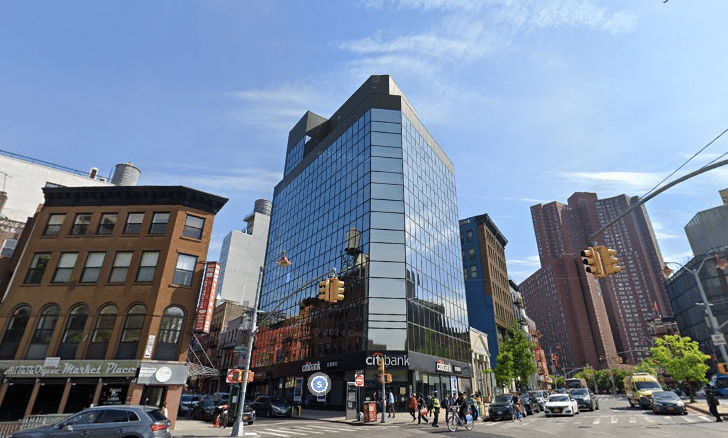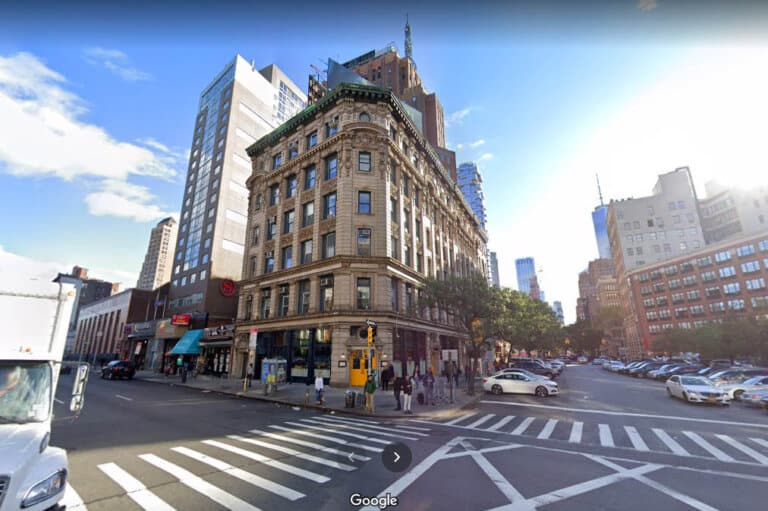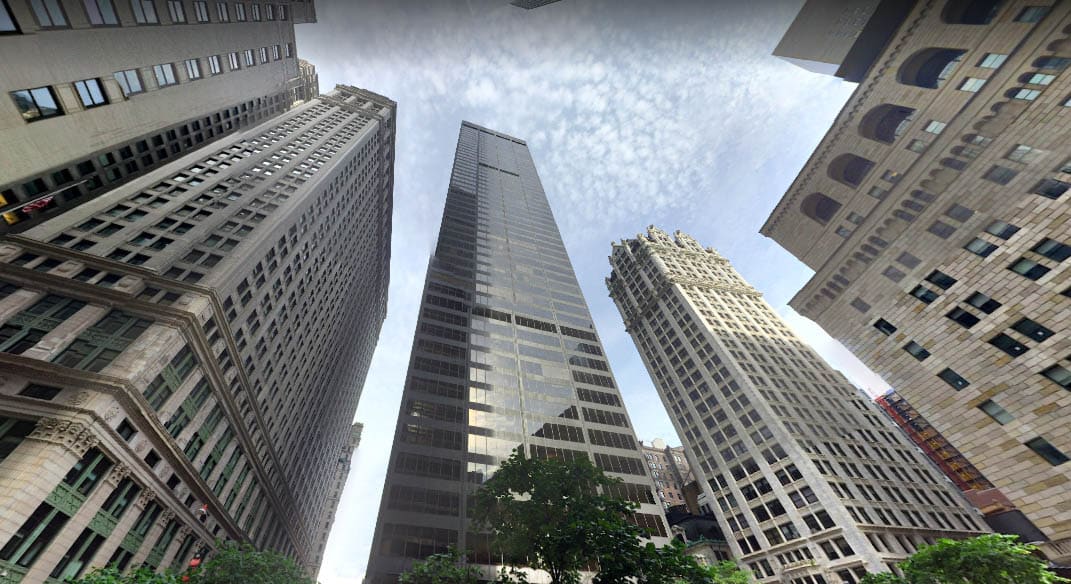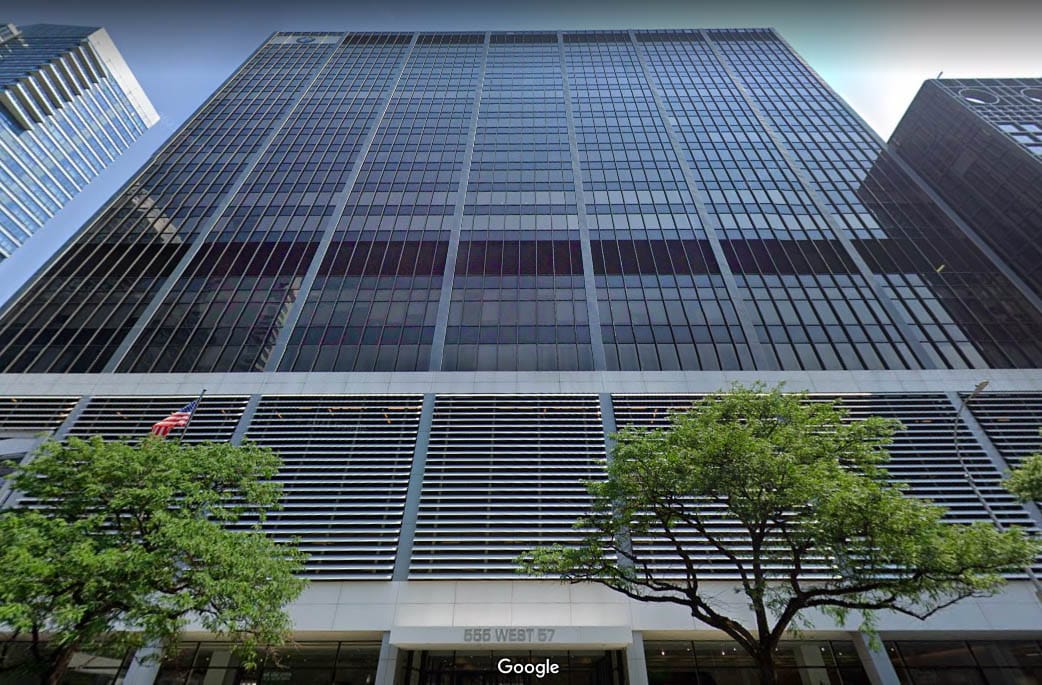Some 40 years ago, the manufacturing sector began shrinking in New York City, leaving behind many vacant buildings in specific parts of the city. Due to rising labor costs, businesses in the industry found it more feasible to relocate their factories and warehouses to regions where labor was not as expensive. One by one, they sold their properties and established new locations across the ocean. All of a sudden, the city had a plethora of empty industrial space, but it didn’t take long to find a new purpose for it, namely as commercial loft space.
These buildings, once bustling with working-class employees, have especially stood out to those working in creative industries, also known as TAMI, short for Tech, Advertising, Media and Information firms. Inside these buildings with cavernous ceilings, exposed bricks and concrete, sometimes wood flooring, they’ve envisioned their ideal workspace, flooded by daylight coming in through huge floor-to-ceiling windows. Exposed vents and pipes, coupled with distinctive moulding with flourishes became decor and soon, industrial chic became a new trend for office-using companies, ranging from small startups to huge tech enterprises.
The open-plan layouts favor collaboration, as they feature less partitions between departments and desks, encouraging transparency and communication across all employee levels. In addition, this type of space is more spacious compared to traditional office space, enabling companies to fit more employees in various arrangements.
While in the early ages, such locations were extremely affordable, TAMI companies’ high profit margins and strong growth models drove significant demand for these spaces. These days, there are fewer areas where commercial loft space can be leased at somewhat more affordable prices, and typically it can be found on the side streets of Chelsea and the Garment District. The latter boasts some of the most fabulous lofts, combining great amenities and really good prices, making Fashion Avenue the heart and soul of the loft space migration. Former factory spaces in established neighborhoods such as SoHo, Tribeca or Union Square, post substantially higher rents. Loft office spaces can also be found in Alphabet City, Greenwich Village and the Meatpacking District, as well as in the Financial and Flatiron areas, Hudson Street and around to Madison Square.
The traditional brick and mortar office space doesn’t really need a presentation. It is pricier than loft space and usually features a reception area, board rooms and a bullpen. It is usually preferred by financial services, hedge funds and law firms, basically companies in more traditional, corporate-oriented industries. This type of layout gives employees quiet and private areas to work and handle clients and confidential information.
What type of office works best for your business? It’s a decision firstly based on your preference, but you’ll need to also consider various factors, including the size of your team, your company’s culture, your capital, as well as how much need you’ll have for private spaces to meet clients.
If you’re still undecided regarding the type of space you wish to house your business in, have a look at the video below, in which Metro Manhattan Principal Broker Alan Rosinsky further explains the differences between traditional office and loft-style space:
Are you thinking of setting up your business in a convenient location in Manhattan, and are looking to lease space in a modern building offering state-of-the-art amenities? Then reach out to us and we will show you worthwhile space situated right in the heart of New York City. To learn about available office space, call Metro Manhattan Office Space at (212) 444-2241 or email us at [email protected].







